According to an ancient tradition, Christians around the world consider the beginning of the year to be January 1 in winter, just as we Iranians consider the beginning of the year to be the first day of Farvardin (March 21) in spring, and the Arabs consider the beginning of the year to be Muharram. It was in the 17th century that the 25th of December was proclaimed as Christmas or the birth of Jesus Christ, and almost all followers of Christianity celebrate this day as the birthday of Christ.
On this day, many Christians decorate their homes and workplaces with candles, garlands, wreaths, stockings, and door swags. They put special care and effort into decorating their Christmas tree with ornaments and placing gifts beneath it to be unwrapped on Christmas morning. In general, the Christmas and New Year holidays last for 12 days, with some countries celebrating only five days and others devoting all 12 days to the holidays. Some would use this time to go on a much-needed vacation while others would stay at home and throw parties to entertain their guests; the same as Iranians do during Nowruz which takes up to 13 days.

Much like other Christians around the world, Iranian Armenians begin preparations for the New Year on the last days of December. Christians in Iran, where more than 97% of the population is Muslim, are considered religious minorities. They are divided into Armenians and Assyrians, with different ways to celebrate Christmas rites.
The Assyrians were a people who lived in ancient Iran and converted to Christianity since its onset, particularly in the first to third centuries AD. Like most Christians around the world, Assyrians in Iran celebrate December 25 as the birth anniversary of Jesus Christ.
Assyrian Christians fast for 25 days before the birth of Christ, during which time they abstain from eating meat and dairy products. After December 25, they break their fast and hold Communion at church.
On December 25, Assyrian people go to church to visit Assyrian clergies and wish them a happy Christmas, and the next day, it is the clergies who go to visit their fellow believers.
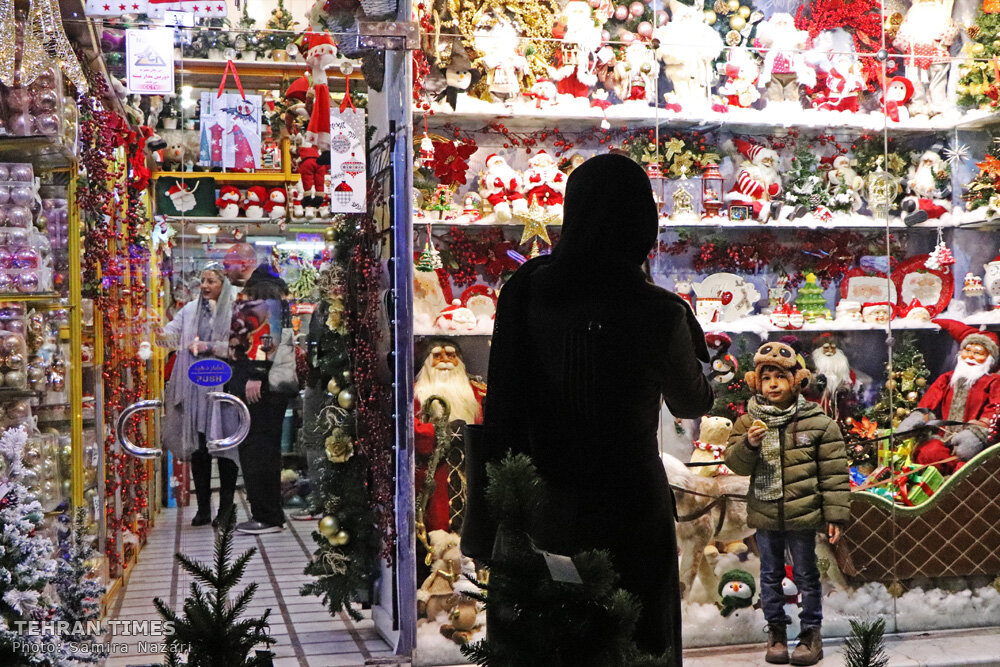
It is worth mentioning that unlike all other Christians who consider January 1 as the beginning of the new year, the Assyrian New Year falls in the month of Nisan and coincides with the Iranian 13th of Farvardin (the end of New Year holidays).
Meanwhile, Armenian Christmas is celebrated a little later than that in other countries; that is, while most Christians around the world (including Catholics, Protestants and the majority of Orthodox Christians) consider December 25 as the birth of Jesus Christ, followers of the Armenian Apostolic Church celebrate January 5 as Christmas Eve, and call it Water Blessing Day. Despite this difference, the Christian New Year begins on the first night of January and is accompanied by its own special ceremonies. Their New Year holidays end on January 13.
In Iran, many young Christians start celebrating the festive occasion from December 25. Christmas trees decorated with red and green ribbons and gold boxes underneath are put on display behind store windows, or hotel lobbies in different parts of Tehran, particularly in Christian-populated districts.
Iranian Armenians, who make up the bulk of the country's Christians, are busy these days preparing for their celebrations. On the "Dah Metri Aramaneh" Street in Khajeh Nezam neighborhood in Tehran, where St. Vartan Armenian Church is located and the smell of freshly ground coffee always permeates the air, shopping centers are abuzz with activity, and wishes for a happy new year are abundant during these days.

On the days leading to Christmas, if you happen to walk down the streets in Tehran where most Armenians live, such as Mirzaye Shirazi St. (known for its many toy stores) and Nejatollahi St. with its landmark Saint Sarkis Cathedral, you can see posters sticking to the windows of certain stores, announcing a time and a place for festivities and live music performances.
But perhaps the most popular spot for holding Christmas and New Year celebrations is the Ararat Sport and Culture Complex in the Vanak neighbourhood of Tehran; here, you can buy special snacks and delicate handicrafts at charity stalls and listen to the best of Armenian music performed live. The festivities here are rather extravagant, though, and the entrance fee is high.
The Lorde Cafe Confectionery on Nejatollahi Street is one of those places worth checking out during this time. The heavenly smell of fresh pastries and Turkish coffee gives the air a special convivial feel, making the atmosphere all the more jovial for Christmas and the new year. Some hundred meters away, Sanaei Street also looks ready for celebration, with artificial pines, Santa Claus dolls, and luminous stores lining the crowded street.
On the night of January 1, the church bells ring to herald the beginning of the new year, and on January 5, a glorious ceremony is held in the churches.
New Year celebrations are also held every year at midnight on January 1 in the biggest and most beautiful church in Iran, that is Vank Cathedral, in the Armenian neighborhood of Julfa in Isfahan.
MNA/

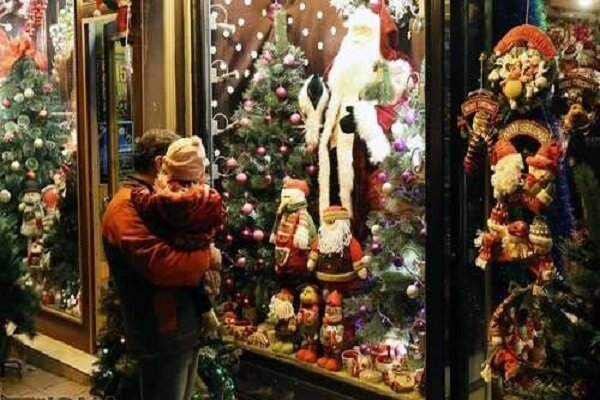
 09:51 - 2023/01/01
09:51 - 2023/01/01

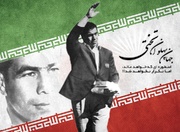
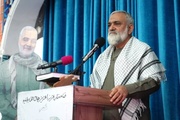
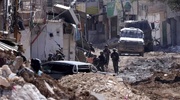











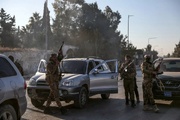


Your Comment